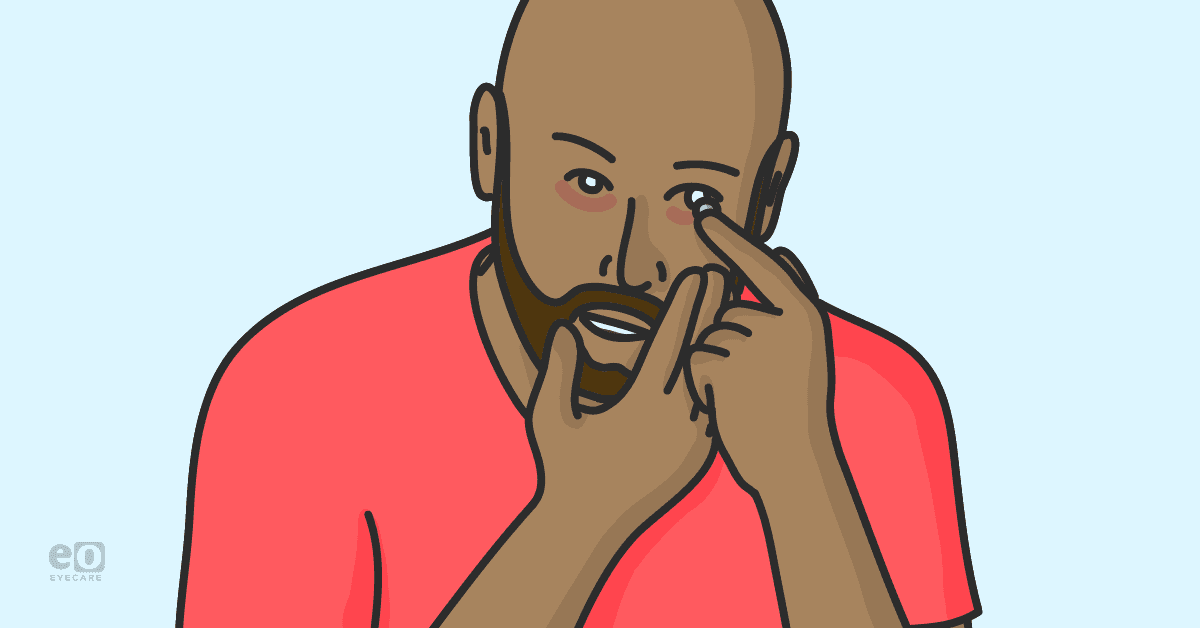1. Corneal Ulcer
- Can be central or peripheral, though central ulcers are not uncommon
- Often caused by pseudomonas aeruginosa, which has the potential to penetrate the cornea
- D/C CL wear
- Antibiotic with frequent administration (example: Besivance Q1-2H)
- F/u in 1 day until marked improvement is noted
- As ulcer begins to heal, can taper down antibiotic use and incorporate topical steroid
- Consider culturing if high risk or unresponsive
For culturing tips, check out this article.
2. Giant Papillary Conjunctivitis (GPC)
- Telltale clinical sign is large papillae observed when the upper lid is everted
- Risk of developing GPC can be dependent upon wearing time per day, how long a patient has been a contact lens wearer, and patient’s sensitivity to a certain lens
- Early stage: itching upon removal of lenses, mildly increased mucous production
- Moderate stage: blurring of vision after some hours of CL wear, increase in mucous, movement of CL lens upon blinking
- Advanced stage: inability to tolerate lenses, FBS/pain when wearing lenses, clouding of lens/blurred vision, mucous strands
- Early stage: thickening of palpebral conjunctiva, hyperemia
- Moderate stage: notation of enlarged papillae, opaque appearance of conj
- Advanced stage: giant papillae present, often appear flattened
- Moderate to severe presentation: lenses should be discontinued and a topical steroid prescribed until signs resolve; in order to maintain comfort, patient should be counseled on increased, thorough lens hygiene, and a mast cell stabilizer (commonly cromolyn sodium 4% QID) should be prescribed. Consider changing lens type if problem persists.
- Early presentation: can often be managed with increased lens hygiene and topical mast cell stabilizer (cromolyn sodium 4% QID) use; if patient still experiences discomfort, D/C CL wear and RX a topical steroid until resolved.
A great resource for this information and more detail on GPC can be found here.
3. Contact Lens Associated Red Eye (CLARE)
- A generalized diagnosis for a red eye in a contact lens wearer that does not have any other obvious clinical diagnosis
- Often due to irritation secondary to overwear; can also be indicative of lens intolerance or poor fitting lens
- Patients may experience discomfort with lens wear or may be asymptomatic
- Patients note redness after wearing their lenses, particularly with increased wear time
- Often resolved with D/C of CL wear
- May require topical steroid use
- Patient should be counseled on proper CL wear and CL hygiene in order to prevent further recurrence
